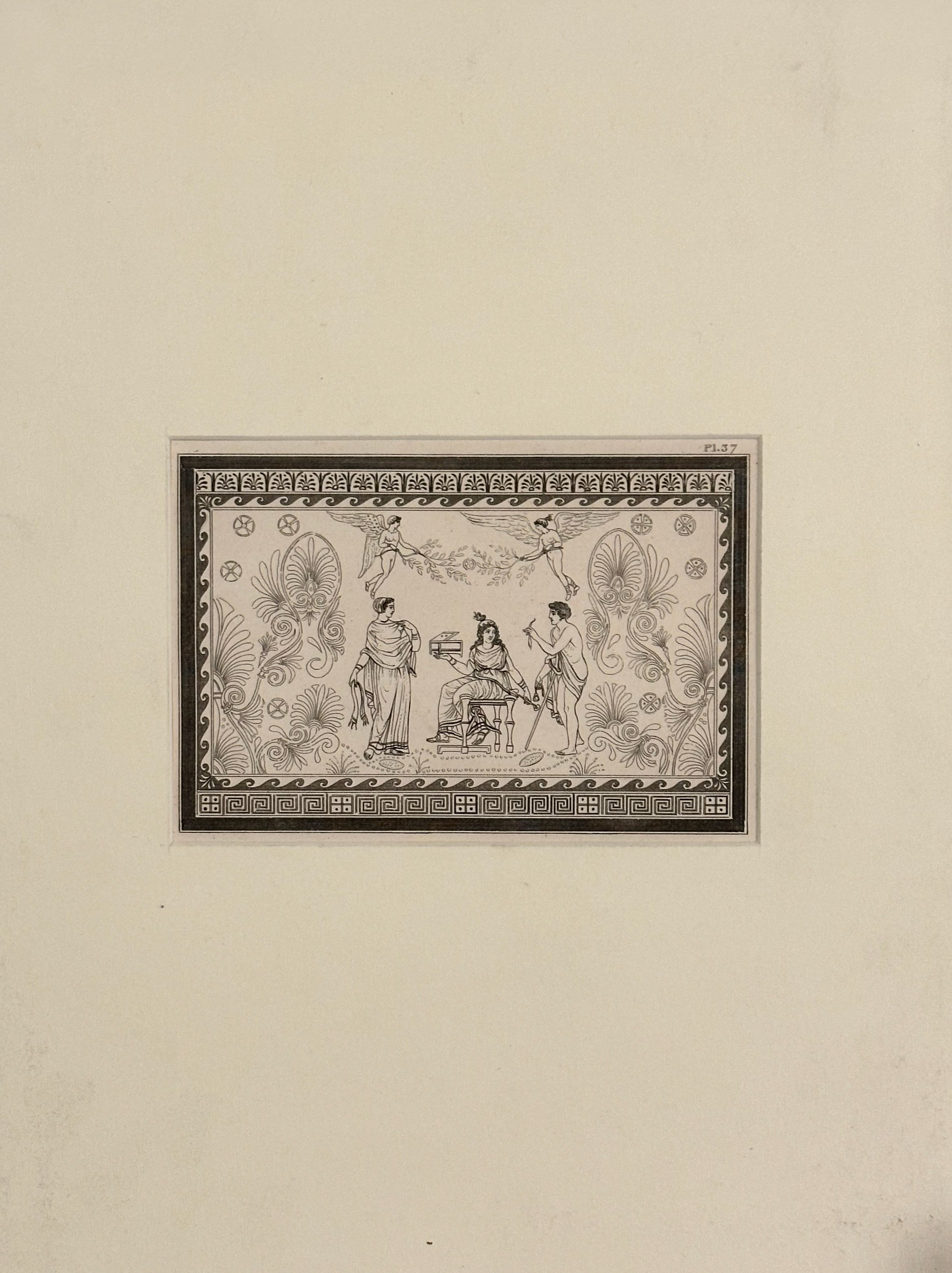Plate 37, Sir William Hamilton's ANTIQUITIES ETRUSQUES, GRECQUES ET ROMAINES
SIR WILLIAM HAMILTON (1730-1803) AND PIERRE FRANCOIS HUGUES D' HANCARVILLE.
A book plate from ANTIQUITIES ETRUSQUES, GRECQUES ET ROMAINES, Paris: 1785-1788
Hamilton's collection of ancient vases, assembled after his appointment to the court of Naples in 1764, was first illustrated, described, and published between 1776 and 1777. The collection’s 'influence on neo-classical design and taste was to be profound' (Dictionary of Art). In effect, it launched neo-classicism in England. One aspect of its influence was revealed in the work of Josiah Wedgewood. A year after publication of the first volume, Wedgwood had opened his pottery works, Etruria, in Staffordshire and begun to throw black basalt ‘first day vases’ based on vases in Hamilton's publication.
SIR WILLIAM HAMILTON (1730-1803) AND PIERRE FRANCOIS HUGUES D' HANCARVILLE.
A book plate from ANTIQUITIES ETRUSQUES, GRECQUES ET ROMAINES, Paris: 1785-1788
Hamilton's collection of ancient vases, assembled after his appointment to the court of Naples in 1764, was first illustrated, described, and published between 1776 and 1777. The collection’s 'influence on neo-classical design and taste was to be profound' (Dictionary of Art). In effect, it launched neo-classicism in England. One aspect of its influence was revealed in the work of Josiah Wedgewood. A year after publication of the first volume, Wedgwood had opened his pottery works, Etruria, in Staffordshire and begun to throw black basalt ‘first day vases’ based on vases in Hamilton's publication.
SIR WILLIAM HAMILTON (1730-1803) AND PIERRE FRANCOIS HUGUES D' HANCARVILLE.
A book plate from ANTIQUITIES ETRUSQUES, GRECQUES ET ROMAINES, Paris: 1785-1788
Hamilton's collection of ancient vases, assembled after his appointment to the court of Naples in 1764, was first illustrated, described, and published between 1776 and 1777. The collection’s 'influence on neo-classical design and taste was to be profound' (Dictionary of Art). In effect, it launched neo-classicism in England. One aspect of its influence was revealed in the work of Josiah Wedgewood. A year after publication of the first volume, Wedgwood had opened his pottery works, Etruria, in Staffordshire and begun to throw black basalt ‘first day vases’ based on vases in Hamilton's publication.

